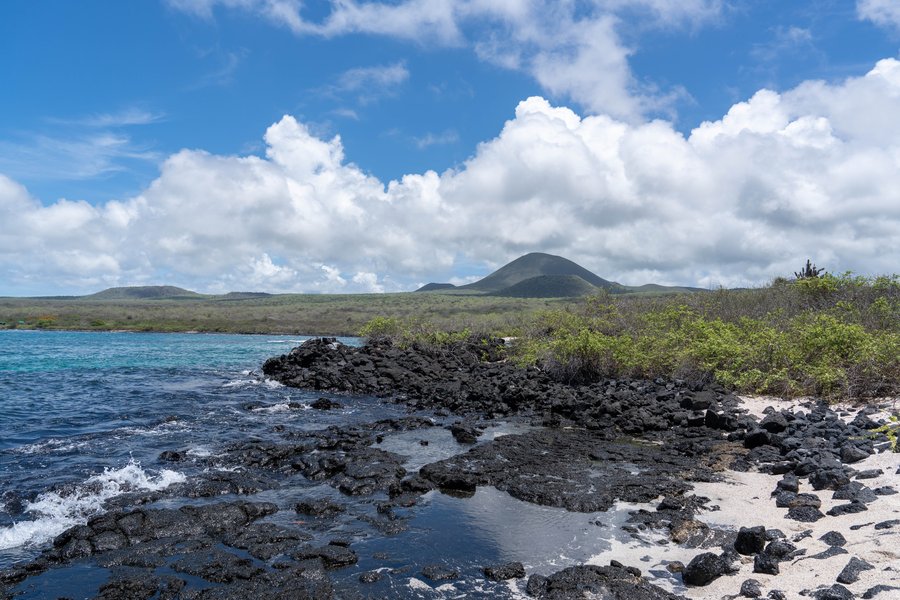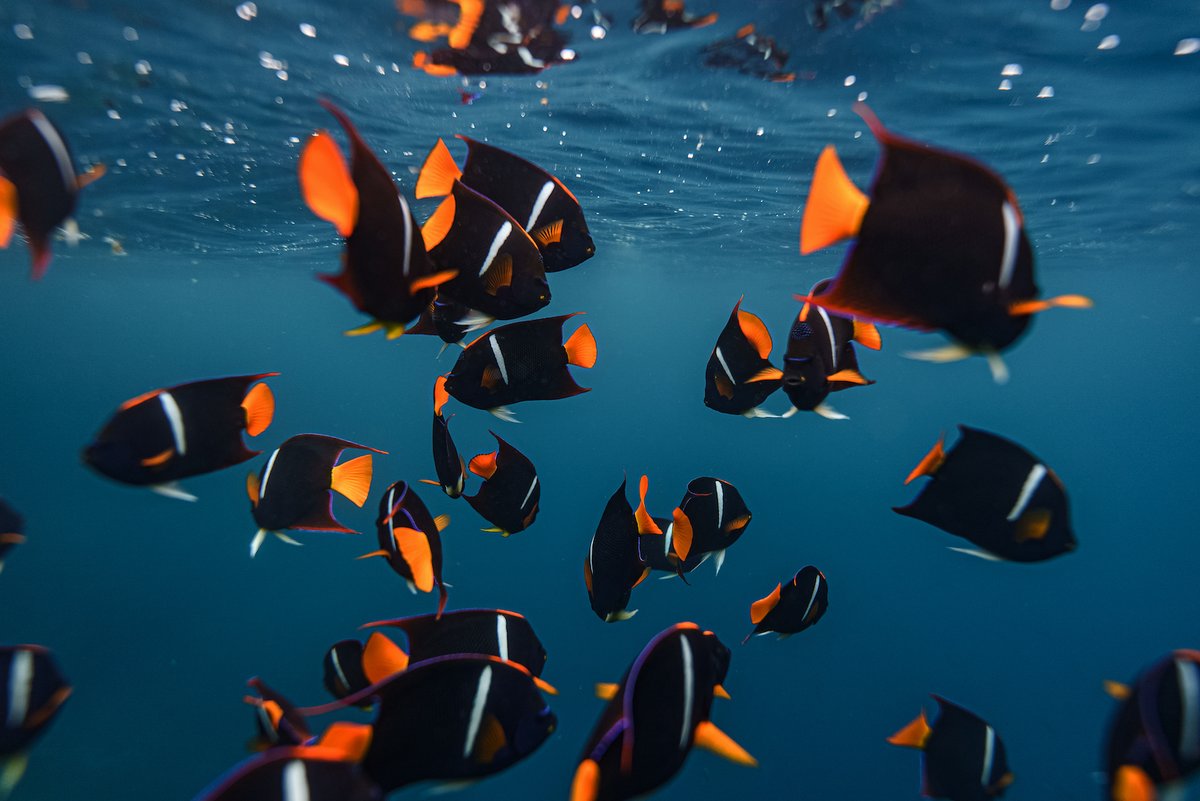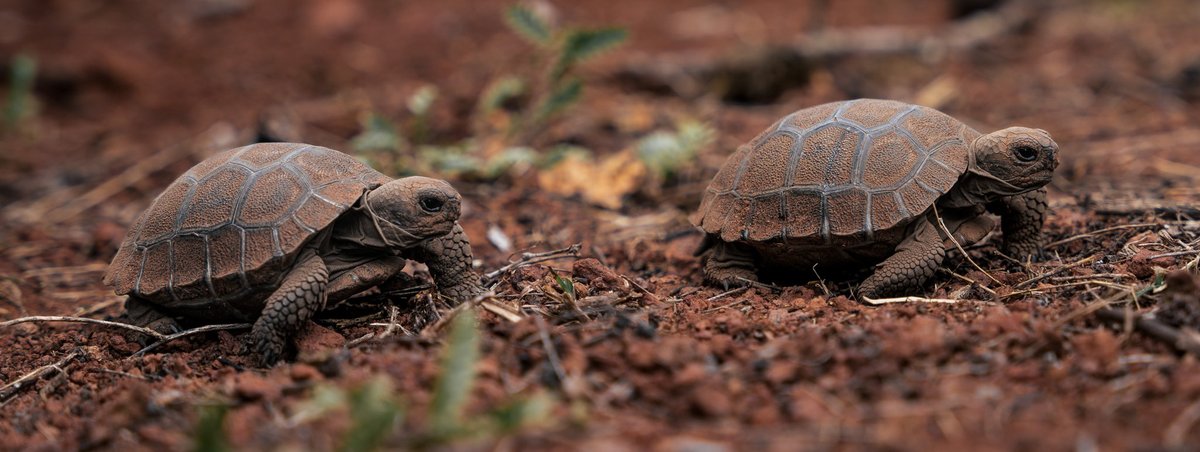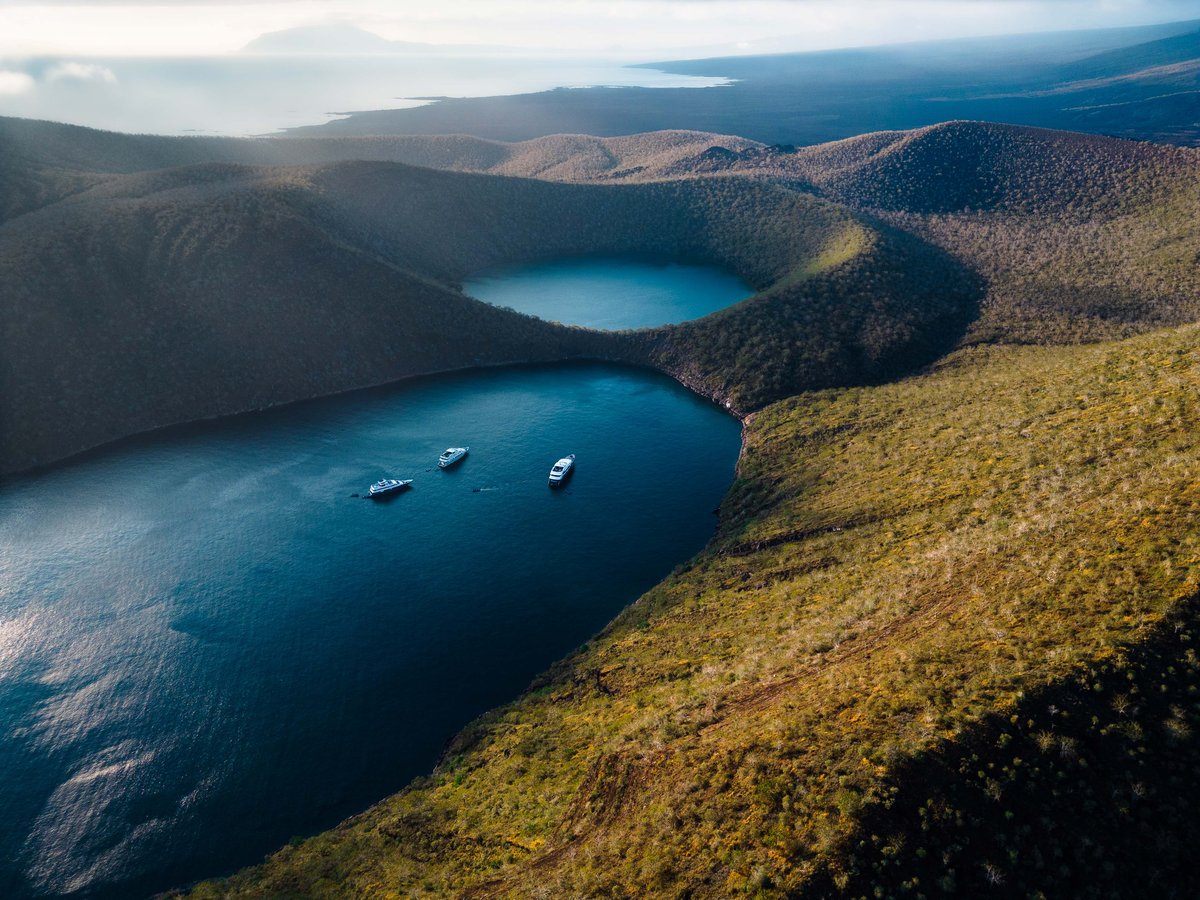Holistic Ecological Restoration on Floreana Island:
A Model for the Future
A Model for the Future
Floreana was one of the first islands in the Galápagos Archipelago to be inhabited by humans. Its history is marked by the arrival of pirates, whalers, and settlers—chapters of adventure, isolation, and drama. Yet the deepest legacy of this human occupation has been the introduction of exotic species, such as donkeys, goats, rodents, and feral cats, which have profoundly altered the island’s ecosystems and led to a significant loss of biodiversity.
Today, an estimated 54 species are classified as threatened on Floreana, and at least 13 endemic species have been lost locally- including iconic birds such as the Floreana Mockingbird, and keystone species such as the Island’s endemic giant tortoise. With a small community of around 150 residents, Floreana offers a rare opportunity to engage directly with local people and strengthen conservation-based governance.
More than a decade ago, one of the most ambitious conservation challenges in Galápagos began: the Floreana Ecological Restoration Project, designed to restore the island’s natural balance through a holistic restoration approach.
What does “Holistic Restoration” mean?
Holistic restoration goes far beyond planting trees or releasing animals. It is an environmental method that recognizes that every component of an ecosystem—flora, fauna, soils, water, climate, species interactions, and human communities—is interconnected.
Restoring Floreana means:
- Eliminating threats that disrupt natural balance, such as invasive species that prey upon, compete with, or degrade native species and their habitats.
- Restoring native habitats to improve soil health, vegetation cover, water bodies, and restore ecological corridors that build climate resilience.
- Reintroducing locally extinct species to recover essential ecological functions such as seed dispersal, pollination, natural pest control, and nutrient cycling.
- Engaging the local community, integrating traditional knowledge, sustainable practices, and livelihoods—such as responsible tourism and agriculture—so that conservation and development move forward together.
- Establishing biosecurity and monitoring systems that enable adaptive management and ensure long-term sustainability
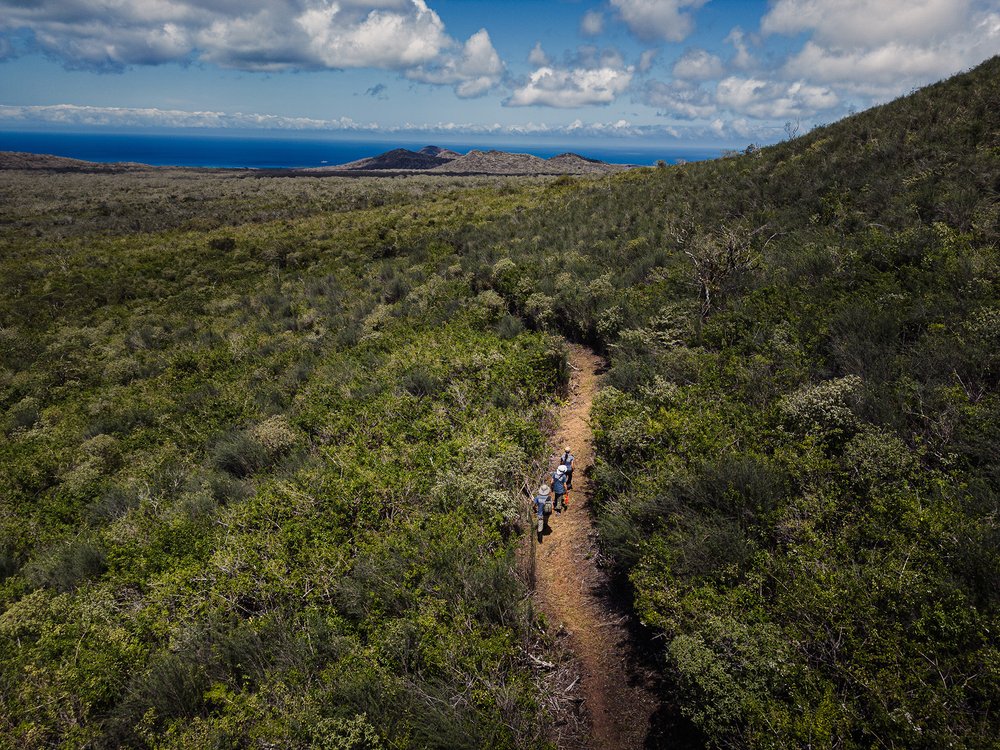
Why is holistic restoration so important?
Islands are particularly fragile ecosystems. Their species evolved in isolation and are not prepared to face new threats. The arrival of invasive species can quickly trigger ecological imbalances, displace native fauna, and even cause extinctions.
That’s why eradicating invasive species is a crucial first step. On Floreana, efforts focus on controlling two invasive rat species and feral cats that prey on the eggs of birds, reptiles, and tortoises. Floreana is a large island, with permanent residents and diverse habitats, which requires careful coordination and an adaptive management approach
A vision for resilience and coexistence
The Floreana Ecological Restoration Project recognizes the interconnection between terrestrial and marine ecosystems and seeks to build a resilient, integrated, and self-sustaining environment. It is the largest and most ambitious restoration initiative ever undertaken in Galápagos and will be decisive for the archipelago’s future.
This effort goes beyond recovering species—it seeks to restore the health and functionality of entire ecosystems. A thriving environment supports soil fertility, microclimate regulation, natural pest control, and stronger community identity. It also fosters conservation tourism, which will bolster the island’s local economy and bring new attention to the region, and helps the island prepare for the impacts of climate change.
Floreana has the potential to become a global model for island restoration—demonstrating that with science, community commitment, and long-term vision, it is possible to reverse decades of ecological degradation.


About the Project
The Floreana Island Ecological Restoration Project is led by the Galápagos National Park Directorate and the Galápagos Biosecurity Agency, with Fundación Jocotoco, Island Conservation, and the Charles Darwin Foundation as co-executing partners. Working closely with the Floreana community and numerous local and international allies, the project aims to achieve the island’s full ecological restoration through the eradication of three invasive mammal species, the restoration of habitats, and the reintroduction of 12 endemic species, restoring the ecological functionality and resilience of this unique island ecosystem.
